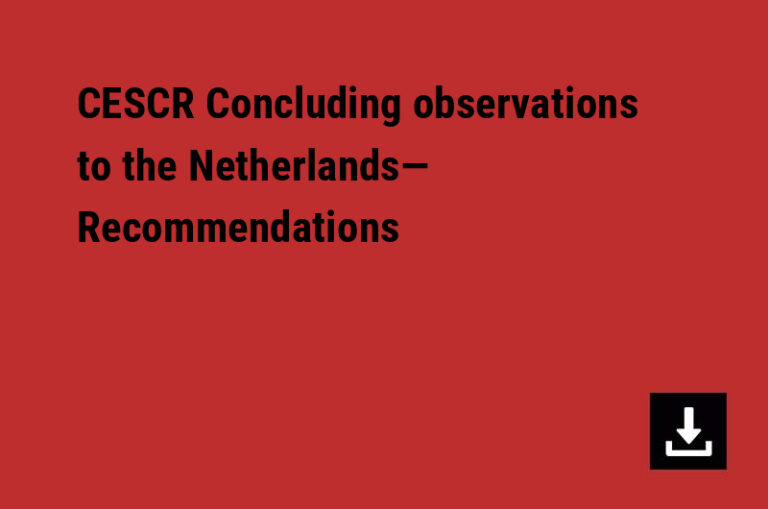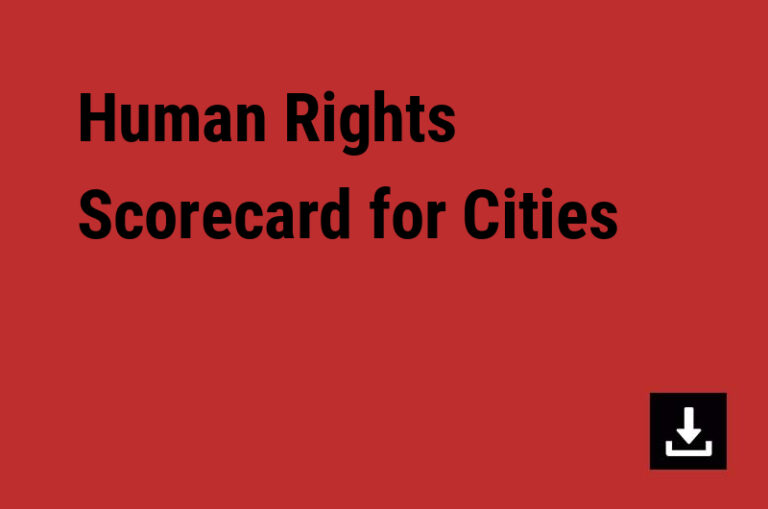Home is where we feel safe, where we belong, where we build the relationships that give life meaning. We understand instinctively that home is precious; that its loss represents trauma extending far beyond the physical structure.
The planet is home in exactly this way. Not metaphorically, but materially. The air we breathe, the water we drink, the climate patterns that allow life; these are the infrastructure of our collective home.
The housing crisis and the climate crisis are not separate emergencies. They are the same crisis, driven by systems that treat both shelter and planet as resources to extract rather than foundations to protect. Construction accounts for 37% of global greenhouse gas emissions. Housing alone represents 20% of the world’s carbon footprint. Yet our dominant response to housing shortages—build more, build faster—accelerates the climate emergency we need to address.
Every demolished building releases decades of embodied carbon. When affordable housing is replaced with luxury development, we lose community networks, displace residents, and generate massive emissions through demolition and new construction.
Last week, we explored how UK studies show that building 300,000 houses annually would reduce prices only by a net value of 1% over 20 years, yet consume England’s entire carbon budget by 2050. Marginal housing improvements at catastrophic climate cost.
Preservation, retrofit, and adaptive reuse must be our first response. When we optimize existing buildings and protect communities from speculative redevelopment, we address both crises simultaneously, preserving carbon sinks, social infrastructure, and the planetary systems that make housing possible.
The human rights framework offers clarity: the right to housing and the right to a healthy environment are inseparable. People need homes that provide security and dignity. People need a planet that can sustain life. These aren’t competing interests; they’re interconnected requirements for survival.
The real question is about stewardship. Can we protect what already exists, the buildings, communities, and planetary systems that sustain us?
Organizations worldwide are working toward solutions that prioritize our collective future. The Shift’s forthcoming collaboration with C40 Cities integrates human rights principles with climate action, helping cities reduce emissions while ensuring adequate housing for all—just one example of efforts to develop holistic solutions that de-prioritize profit as the driver of decision-making.
This month, as cities around the world mark Urban October, the question before us grows more urgent: can urban policy evolve fast enough to meet the scale of what’s at stake? By 2050, nearly 70% of humanity will live in cities. The decisions urban leaders make today—about what to preserve and what to build, about who has priority and what has value—will determine whether cities become refuges or pressure points in the converging crises ahead.
These frameworks recognize what extractive systems deny: the planet is home, and ours to protect, for better or worse. Genuine solutions must serve both human dignity and planetary health; not as separate goals, but as inseparable dimensions of the same imperative.
The future of humanity is urban. That future depends on recognizing that the right to housing and climate action aren’t competing priorities but twin foundations of survival. Cities that understand this, that treat both homes and planet as infrastructure requiring protection rather than extraction, are building the future all of us will inhabit.



